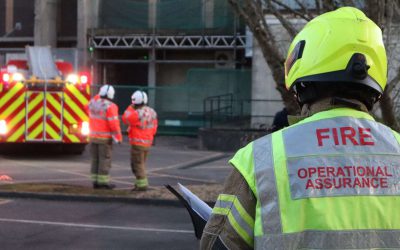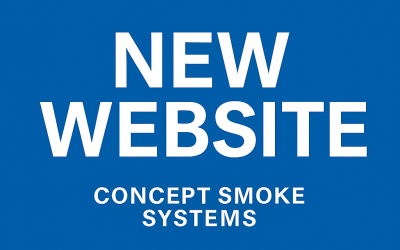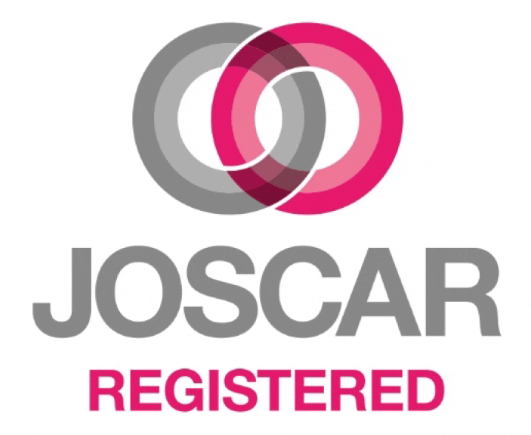Crossrail Praises Realism and Value of Hot Smoke Testing in Safety Validation
As the Crossrail project approached completion, the scale and sophistication of its safety validation processes were on full display—including the use of dramatic hot smoke tests within its state-of-the-art tunnels and stations. A recently released video, filmed during one of these critical tests, offers rare insight into how these exercises are helping to ensure the Elizabeth line meets the highest safety standards before opening to the public.
The video, which captures a test conducted in a Crossrail tunnel, shows dense, thermally buoyant smoke flowing through the passageways, simulating the conditions of a genuine fire. The aim: to validate the performance of smoke extraction systems, assess visibility levels, and ensure fire and rescue teams can operate effectively in worst-case scenarios. It’s an intense scene that reflects the project’s commitment to safety above all else.
A Crossrail spokesperson commented on the exercise, noting:
Hot smoke testing is essential to proving that our smoke control and ventilation systems operate as intended under real-world conditions. These simulations give us – and the fire services – the confidence that the infrastructure will perform effectively in the unlikely event of a fire.
The tests are designed to mimic not just the visual presence of smoke but also the temperature, airflow patterns, and timing expected in an actual emergency. They help verify how quickly smoke is extracted, how long it remains in key areas, and whether escape routes remain clear. The feedback from these tests has informed design tweaks and helped train emergency response teams to navigate complex underground environments.
The exercise shown in the video is part of a broader regime of safety assurance activities being carried out across the network’s 10 new stations and over 42 km of tunnels. It demonstrates the blend of engineering precision and emergency planning that underpins Crossrail’s operational readiness.
By incorporating such realistic and high-stakes validation techniques, Crossrail is setting a precedent for future major infrastructure projects—where proving systems under real conditions is just as vital as the design itself.
Watch here:
Equipment used:







